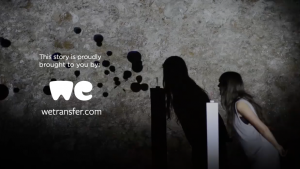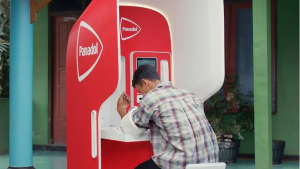Bo-Won Keum is a graphic designer and graduate of Rhode Island School of Design in the US. As a kind of creative outlook woven throughout her work, she explores the opportunities that stringent, rule-based systems present for poetic gesture and play. Rather than being bogged down by rigid spatial parameters and tight constraints, Keum sees a chance for elegant solutions.
Taking to the stage at the Design Indaba Conference 2017, Keum shares her recent collaboration with Books to Prisoners, a non profit organisation that facilitates reading materials for prison inmates who seek it in the US. By the end of 2013, the United States of America had the highest rate of incarceration in the world at 716 imprisoned per 100 000 of the national population. Though the US constitutes around 4.4 percent of the global population, the nation holds approximately 22 percent of the world’s prisoners.
Keum’s work with Books to Prisoners sheds a human light on the life of the prisoner, turning those lifeless statistics into the image of a real individual who has the basic desire to grow their knowledge and escape the gloom of their incarceration with literature. Conditions of the US prison system are such that inmates often are not afforded access to reading material of any kind. Understandably, this lack of mental engagement is dramatic enough to drive anyone insane, as some high-isolation detainees have chillingly demonstrated.
“I thought that my role as a designer was to streamline this process. I thought I would create a database for all the letters and consolidate all of the format restrictions into one archive. But I found out really quickly that I couldn’t do all of these things. The changes that I wanted to make involved a lot of policy-making and legalese that I wasn’t familiar with.”
According to her, it is the human connection of imagining which book the prisoner behind the letter would make the most of and how it could enlighten their daily life that makes the time-consuming process worthwhile.
“You’re taking real time for every letter that you pick up and read,” says Keum as she describes the actual engagement of each Books to Prisoner worker and the physical labour needed to organise, package and ship the books to administrate the process as a whole.
To give donors and policy-makers a tangible piece of evidence showing the importance of this exchange, Keum and her colleagues designed a book of compiled letters of thanks from various prisoners who have benefitted from this exchange. She aims to reach more people who share the conviction that the voices of prisoners, who call for nothing more than empowerment through literature, should not fall on deaf ears.










